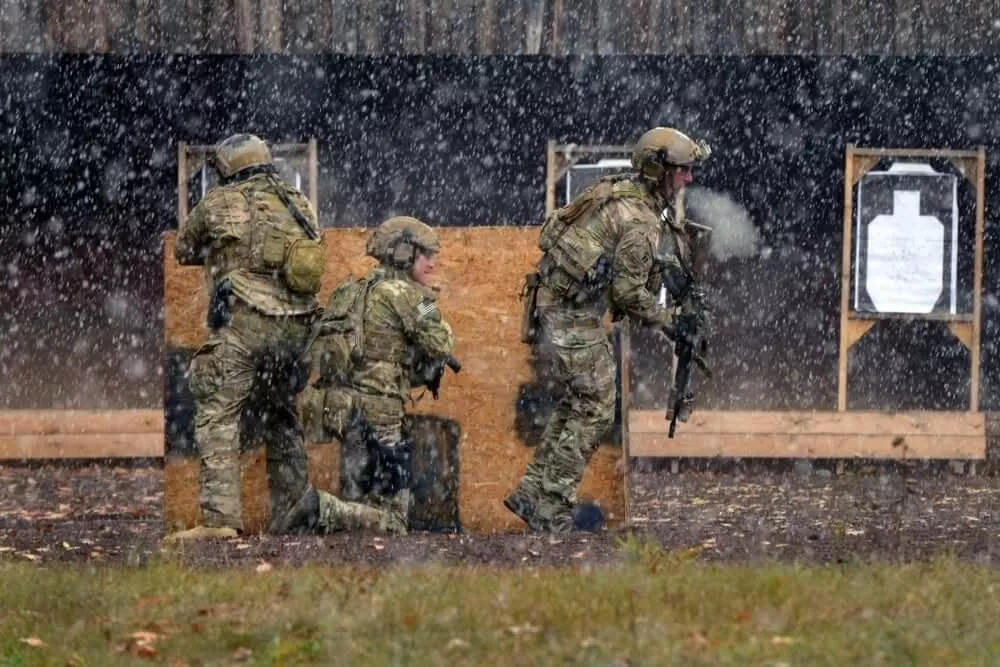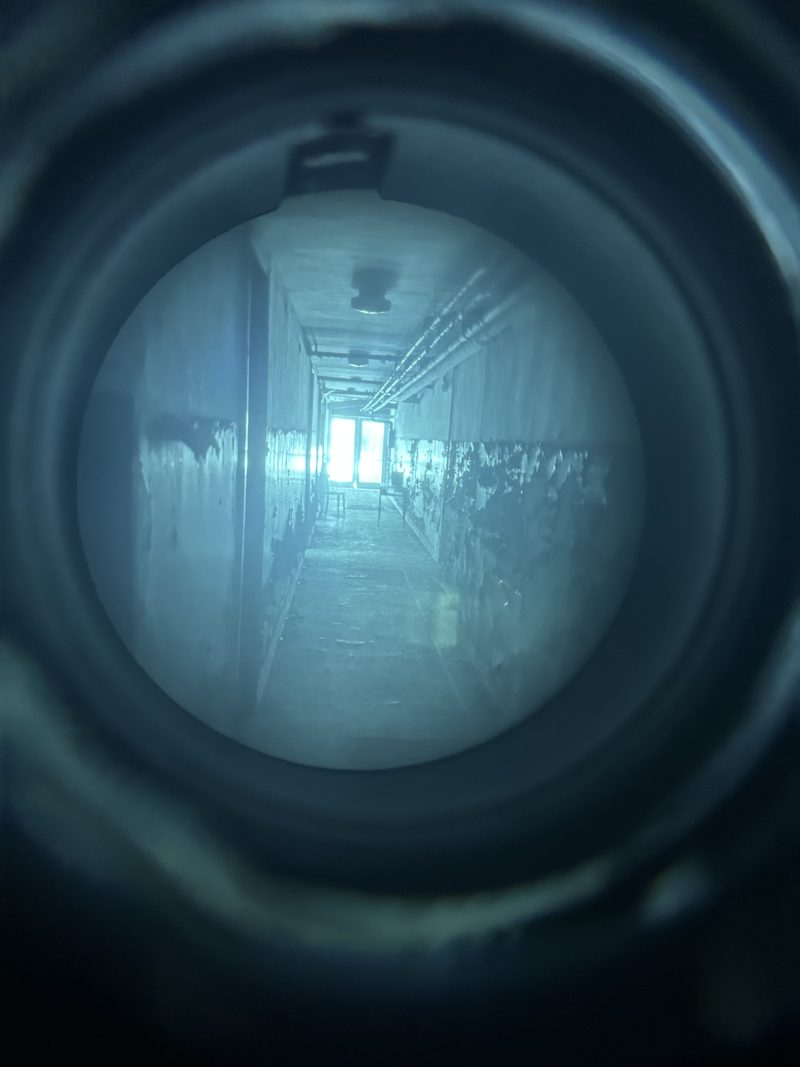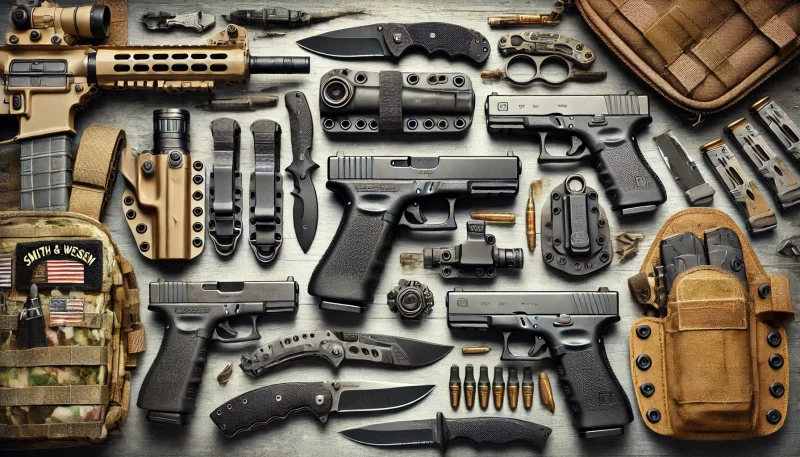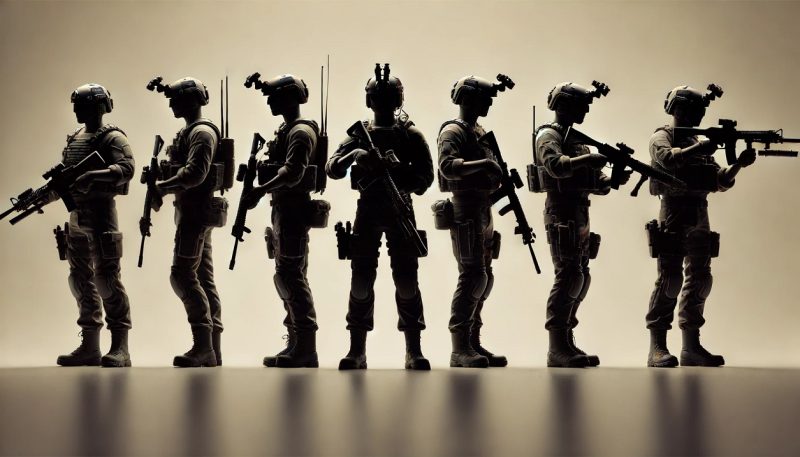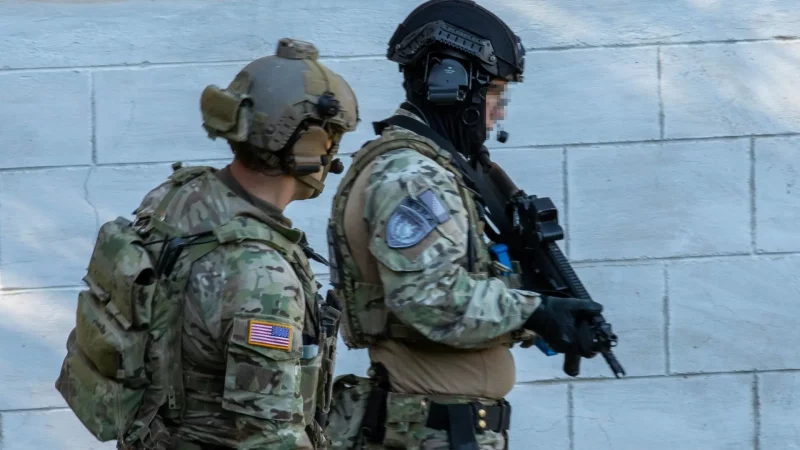The reflex sights are handy tools for shooters looking for a reliable and effective choice to improve their aim. Their design allows for quick and accurate aiming in close combat situations, making them a valuable asset for military and law enforcement personnel. Additionally, their lack of focal length and parallax make them easy to use, even for inexperienced shooters. While there may be differing opinions on what types of sights are considered reflex, it is clear that red dot and holographic sights are commonly included in this category. Overall, reflex sights are a reliable and effective choice for those looking to improve their aim.
History
Technology development in the modern age has made information easily accessible, allowing for the quick acquisition and sharing of knowledge and experience. This process of globalization has also facilitated the adoption and adaptation of various technological achievements, patents, and theoretical ideas across different sectors and industries.
In the early 20th century, the idea for reflex sights, which aim to make traditional aiming easier for shooters, was born. Hunters, with their natural experiences, are thought to have significantly influenced the development of this concept. The Irish inventor Howard Grubb is credited with consolidating the results of his research in a patent, registered under number 12108, in 1900.
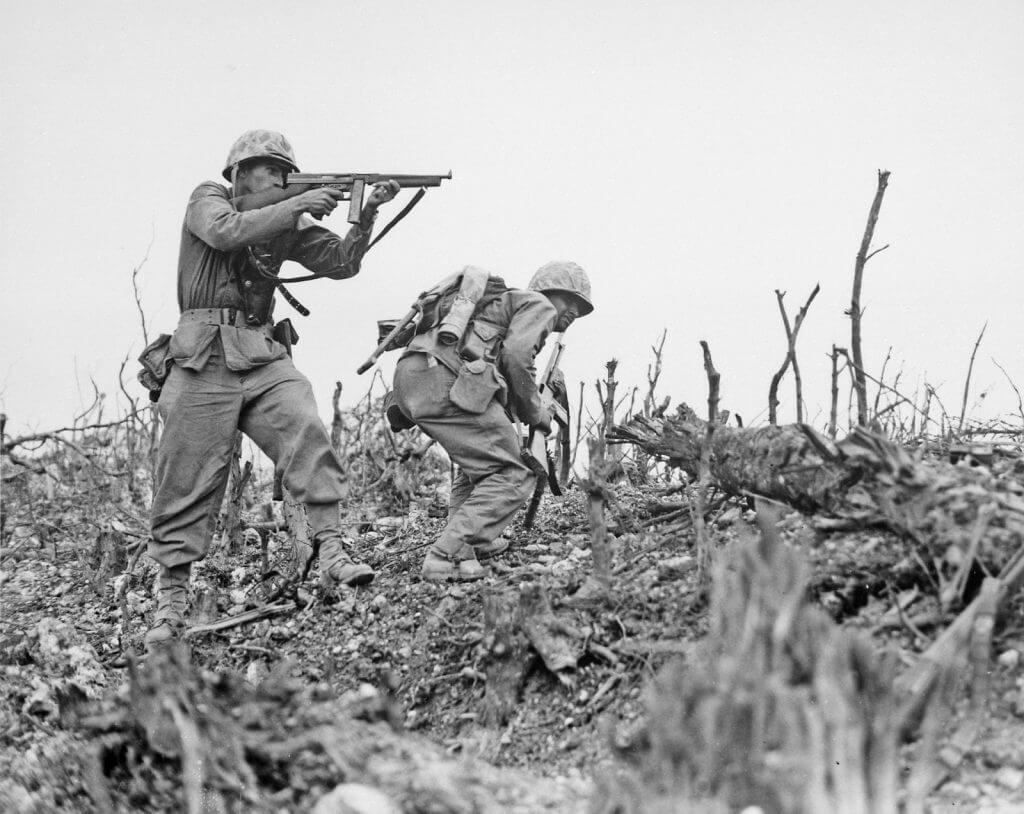
The following year, he published an article in a respected Dublin magazine outlining the potential uses of his patent, which received positive feedback and caught the attention of aviation industry constructors. The first known use of reflex sights is believed to have been on German fighter planes during World War I. Following successful experiences, these aiming devices saw wider use during World War II, particularly with the advent of jet aircraft.
Optical, optoelectronic, and laser advancements in the second half of the 20th century made it possible to create high-quality reflex sights designed for use with various infantry weapons. These sights feature increased service life and a stable, precise reticle. The first sights of this type were powered by small batteries or used ambient lighting to display the reticle. Modern reflex sights allow shooters to adjust the intensity of the reticle’s brightness, making them suitable for low visibility conditions. Some models, such as the EOTech 558 and Aimpoint PRO, can also be used with night vision devices.
Swedish pioneer
Aimpoint AB, a well-respected Swedish company, introduced the first reflex sight designed for mounting on a rifle in 1975. The sight, called the Aimpoint Electronic, was developed by John Arne Ingemund Ekstrand and featured a closed, tubular body with a battery life of between 1500 and 3000 hours. In the following decades, Aimpoint’s projects, such as the CompM3 and CompM4 “red dot” sights and the more compact Micro T-1 and Micro T-2 models, achieved great success, and today, Aimpoint is one of the most renowned manufacturers of this type of sight. According to several independent studies, “red dot” sights from this brand are the most commonly used in official settings.
Red Dot sights
Red dot sights are a reflex sight that uses a light-emitting diode to project a red dot onto a concave spherical glass lens. This allows the shooter to aim simply by aligning the dot with the target. There are two main types of red dot sights: tubular and open. Tubular models are similar in shape to telescopic scopes and are more robust but heavier due to their construction. Open models are made up of a flat base and a framed lens and are lighter but more sensitive to external factors such as weather. The size of the aiming point is measured in minutes of angle (MOA), with a 2 MOA point covering a circle with a diameter of 54mm on a target 100 meters away.

One of the main advantages of red dot sights is their long battery life due to the low power consumption of modern diodes. However, they can be expensive, often limiting their use to specialized police and military units. Some of the leading manufacturers of red dot sights include Aimpoint, Trijicon, Bushnell, and Meopta ZD.
Holographic sights
Holographic sights are a type of reflex sight that utilizes advanced diode lasers to create a permanent reticle using the principle of transmission holograms. This is a significant difference from red dot sights, which use a simple red dot as a reticle. In addition, holographic sights often feature a reticle with a circle in the center and an aiming point. One notable feature of holographic sights is their ability to project the reticle onto any part of the glass, even if it is damaged.

Holographic sights are typically made from aluminum alloys or high-quality composite materials to reduce weight. They are known for their reliable operation in extreme conditions but have a shorter lifespan than red dot sights. They also tend to be much more expensive, with some models costing upwards of $729. EOTech is a leading manufacturer of holographic sights.
Tactical benefit
Reflex sights have significantly improved the way of aiming due to their construction characteristics. While it is debatable whether aiming devices have a significant impact on the accuracy of the hit, as many argue that the human factor plays a decisive role, there is no doubt that reflex sights enhance aiming by allowing the shooter to achieve it faster and with both eyes open.
This dramatically enhances the shooter’s visibility of the immediate surroundings, which is crucial in close combat conditions. The proven reliability of these devices has led to their widespread use on semi-automatic pistols, personal protection weapons, automatic rifles, and light machine guns.

In terms of tactical-technical characteristics, these devices are known for their exceptional robustness, despite being classified as optoelectronic. Many manufacturers boast impressive features, such as the “Aimpoint CompM4” model being able to function at temperatures ranging from -45 to +71 degrees Celsius and at depths of up to 45 meters underwater. These capabilities are impressive, especially considering that the device weighs 268 grams (without additional assembly but with battery), has a total length of 135 millimeters, a width of 72 millimeters, and a total height of 72 millimeters.
